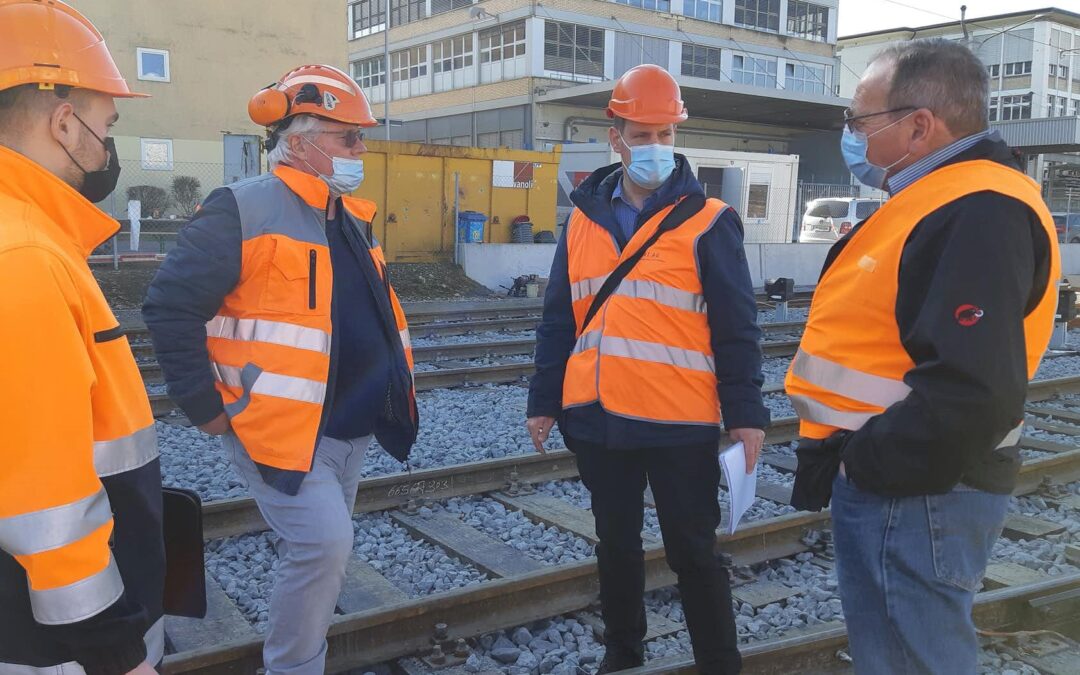[et_pb_section fb_built="1" _builder_version="4.16" global_colors_info="{}"][et_pb_row _builder_version="4.16" background_size="initial" background_position="top_left" background_repeat="repeat" global_colors_info="{}"][et_pb_column type="4_4" _builder_version="4.16" custom_padding="|||" global_colors_info="{}" custom_padding__hover="|||"][et_pb_text _builder_version="4.18.0" background_size="initial" background_position="top_left" background_repeat="repeat" global_colors_info="{}"]
VAP: Mr Grieder, what is your collaboration with the VAP like?
Matthias Grieder: We have regular dealings with General Secretary Frank Furrer. For example, he is the representative of the Ristet-Bergermoos track cooperative and has represented it in a joint development project for this industrial area on the municipal territory of Urdorf and Birmensdorf. He has also been involved in the drafting of the partial revision 2022 of the cantonal structure plan and is always involved in various logistics-related working groups. Frank Furrer brings both the perspective of the siding owners and the overall national view of multimodal logistics. He supports us with his enormous expertise and his extensive professional-political network. I find this cooperation very pleasant and fruitful.
Where do you see the most urgent need for action for rail freight transport?
In my opinion, the most important and at the same time most difficult task is to secure rail/road transhipment areas in urban areas. Here's an example: where the "Europaallee" now stands behind Zurich's main railway station, there used to be a postal distribution centre with ten tracks. With the redevelopment of the area, the entire supply infrastructure as well as large logistics areas that would have been important for ensuring the future supply and disposal of the city of Zurich were lost. Freight traffic and logistics facilities are moving out of the city and are increasingly being displaced to the Mittelland. These distribution centres are often not accessible by rail. As a result, more and more trucks and delivery vans are driving from there into the city, which puts additional strain on the congestion belt around the agglomerations.
The Spatial Planning Act also requires denser building in existing settlement areas. The additional traffic caused by population growth must be handled on existing transport areas. This means that these areas must be used more efficiently and areas must also be made available for supply and disposal. The more densely one builds, the more important it becomes to design attractive outdoor spaces. A ground-level supply system impairs this attractiveness. That is why it is important to check early on in the site planning process how above-ground areas can be relieved of delivery traffic and how delivery and waste disposal can be integrated into underground facilities. Good examples of such solutions are the new Circle at Zurich Airport or the Sihlcity shopping centre.
What is the situation with the sidings?
The problem is similar here. Sidings and switches are constantly being dismantled and their service reduced. This creates a downward spiral: fewer tracks, less rail transport volume, less rail loading, less single wagon loads, less demand-oriented rail services. On the other hand, this means more road transport, more traffic jams, more noise and more CO2. In the long term, this trend must be reversed.
How could the problem be solved?
We need solutions that bundle shipments even more and bring them efficiently through the congestion belt into the centres. Approaches to bypass or drive under the congestion. We also need service concepts for fast and direct service. And we need better financial incentives that strengthen the railways and do not allow single-wagon load traffic to dwindle. With its excellent infrastructures, the railway has a great opportunity here and can fulfil this task. But new innovative modes of transport, such as the digital overall logistics system Cargo Sous Terrain (CST), can also transport large quantities without placing an additional burden on road transport. All these systems can be linked via common digital platforms and made even more efficient.
How do such solutions come about?
Only if all parties completely rethink and cooperate in partnership. Unfortunately, today every company calculates for itself in isolation and is focused on short-term profit maximisation. The railways concentrate on the profitable block train traffic and neglect the costly single wagon traffic, which can contribute significantly to a shift from road to rail. Road hauliers focus their fleets on the most cost-effective production, usually with smaller vehicles, and optimise their tours internally. This is despite the fact that vehicle kilometres could be reduced through cooperation with competitors. Real estate strategies or concepts of both private landowners and the public sector do not allow for innovative solutions for a vertical division of use and thus prevent solutions for a space-saving and efficient supply and disposal in urban areas.
A networked way of thinking is missing in the economy, in politics, in administrations and also in the training of transport and spatial planners.
Has the pandemic not triggered a rethink?
Yes, Covid-19 has made people more aware of the relevance of a functioning supply system. The topic of freight transport and logistics has become much more important. Experts had been dealing with these complex interrelationships long before the pandemic, and politicians are also becoming more and more aware of the issue. We try to draw attention to these interrelationships again and again. Sometimes even with success, as for example with the Sihlcity shopping centre on the site of the former "Zürcher Papierfabrik an der Sihl" in Zurich-Wiedikon. Here, the planners have integrated the supply and disposal systems into the basement right next to the garage entrance. From there, it is finely distributed vertically upwards. This is exactly the direction we have to think in when planning sites: away from pieces of cake and towards layers of cake. In this way, a combined use of urban or peri-urban areas becomes possible.
How can transshipment areas and locations be secured in the long term?
Logistics areas in urban areas are rare, and there will hardly be any new ones. The public sector is trying to secure existing transshipment areas through entries in the structure plan. However, these planning specifications are not binding on the property owner. The only way to secure land, to which private landowners are also obligated, would be through a corresponding zoning ordinance or through an increased purchase of the corresponding land by the cantons and cities. These strive for longer-term objectives with a longer planning horizon, such as securing the supply and disposal of goods, and are not so profit-driven.
How could the economy be more involved in the preparation of spatial planning concepts?
The inclusion of economic actors in the development of sites is central to the future of freight transport. After all, they have to implement site development. In the Canton of Zurich we already involve the business representatives in the analysis phase within the framework of working groups, although as a canton we have no legal mandate for freight transport planning, but only act in an advisory and supportive capacity. In the canton of Zurich we have laid down guidelines for the development of freight transport in a cantonal freight transport and logistics concept. We are certainly playing a pioneering role here. But other cantons such as Aargau, Bern, Vaud or Basel-City are also acting in a progressive manner. We learn from each other through regular exchanges via the SBB Cargo platform and the freight transport group of the Swiss Association of Cities.
In your opinion, what does optimal utilisation of the infrastructure by passenger and freight traffic look like?
I think that we should continue to pursue and optimise the current approach with separate train paths for passenger and freight traffic in the network utilisation concept. I am rather sceptical about a flexible allocation of train paths, because freight traffic could literally get lost in the process. The need for infrastructure expansion has been recognised, as the expansion step 2040 shows.
Where do you see the biggest tasks in infrastructure?
In the further development of the infrastructure, the special needs of freight transport must be taken into account. The Zurich suburban station node is already completely overloaded today and rail traffic in the Zurich area will continue to increase. Therefore, bypasses must be created, such as the freight tunnel from the Limmattal marshalling yard into the Furttal and on towards eastern Switzerland. Rail freight transports coming from the Mittelland and wanting to continue in the direction of Knonauer Amt also have to make a U-turn in the Zurich preliminary station with a hairpin bend. This places an additional burden on the infrastructure several times over. Shortcuts" are needed here to bypass hot spots. For example, the Limmattal marshalling yard could be connected directly to Zug and Lucerne via Knonauer Amt. Such projects are of course enormously expensive and can only be implemented in the long term. Nevertheless, the planning course must already be set today.
What do you wish for the future of Swiss rail freight transport?
I very much hope that the opportunities offered by rail for shifting traffic from road to rail will also be exploited in national transport. This requires a trend reversal with faster and more efficient service concepts, especially in single wagonload traffic. Innovative service concepts that are demand-oriented and efficient are needed here.
What are these?
Digitalisation offers opportunities that are currently not being exploited in rail freight transport. For example, freight railways know via digital codes exactly when, where and for how long their goods are parked. They should make this knowledge available to their customers in the form of shipment tracking throughout the entire transport chain from sender to recipient. This would significantly increase their attractiveness.
Digitalisation and automation are also crucial for the competitiveness of rail freight. Of course, short distances of a few kilometres, as we often encounter in Switzerland, are not very suitable for rail. But if you automate certain processes - for example with the Digital Automatic Coupling (DAK) or through automated reloading of swap bodies - efficiency could be significantly increased. Private wagon owners would have to implement such solutions in order to keep their fleets more profitable and to shorten running times.
Why does freight rail have such a hard time being competitive?
That is a difficult question. One would have to analyse very carefully why rail freight is so uncompetitive and which measures are effective for more attractive offers or lower costs. Such a study could be a task of the VAP.
Speaking of the VAP: What could we do better?
I know Frank Furrer and I know what the VAP logo looks like. But I hardly perceive the VAP as an overall organisation. Here I see potential for optimisation. Moreover, I am always invited to interesting and meaningful events. But for us administrative staff, the administrative effort for the approval of an event with costs is so great that we often refrain from participating. That is actually a pity.
To whom would you recommend cooperation with the VAP?
All cantons and municipalities in Switzerland. For the administrations, the VAP is a competence partner and informant that supports the transfer of know-how; especially thanks to its national overall view. For siding owners, the VAP is an important representative of their interests, committed to the expansion of railway services, the preservation of facilities and the safeguarding of areas.
Mr Grieder, thank you very much for the interview.
Personal details
Matthias Grieder is a trained spatial and transport planner and has been project manager for freight transport and logistics at the Office for Mobility of the Canton of Zurich for four years.
|
[/et_pb_text][/et_pb_column][/et_pb_row][/et_pb_section][et_pb_section fb_built="1" _builder_version="4.16" _module_preset="default" locked="on" global_colors_info="{}"][et_pb_row _builder_version="4.16" _module_preset="default" global_colors_info="{}"][et_pb_column type="4_4" _builder_version="4.16" _module_preset="default" global_colors_info="{}"][et_pb_post_nav prev_text="Vorheriger Artikel" next_text="Nächster Artikel" _builder_version="4.16" _module_preset="default" global_colors_info="{}"][/et_pb_post_nav][/et_pb_column][/et_pb_row][/et_pb_section]
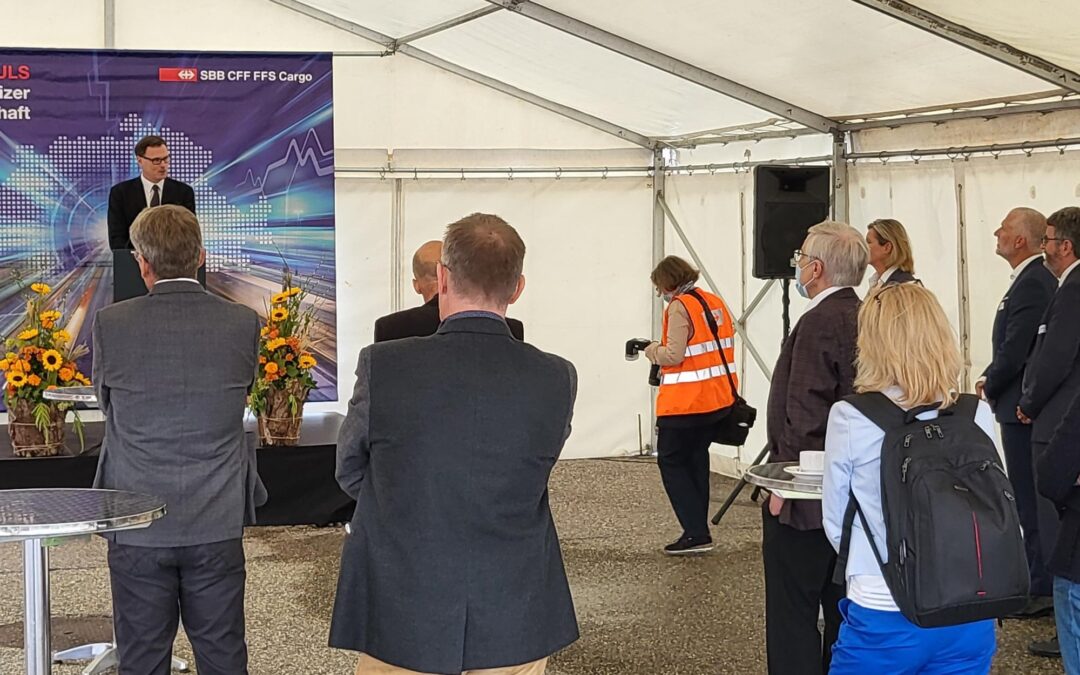
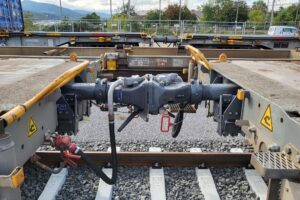
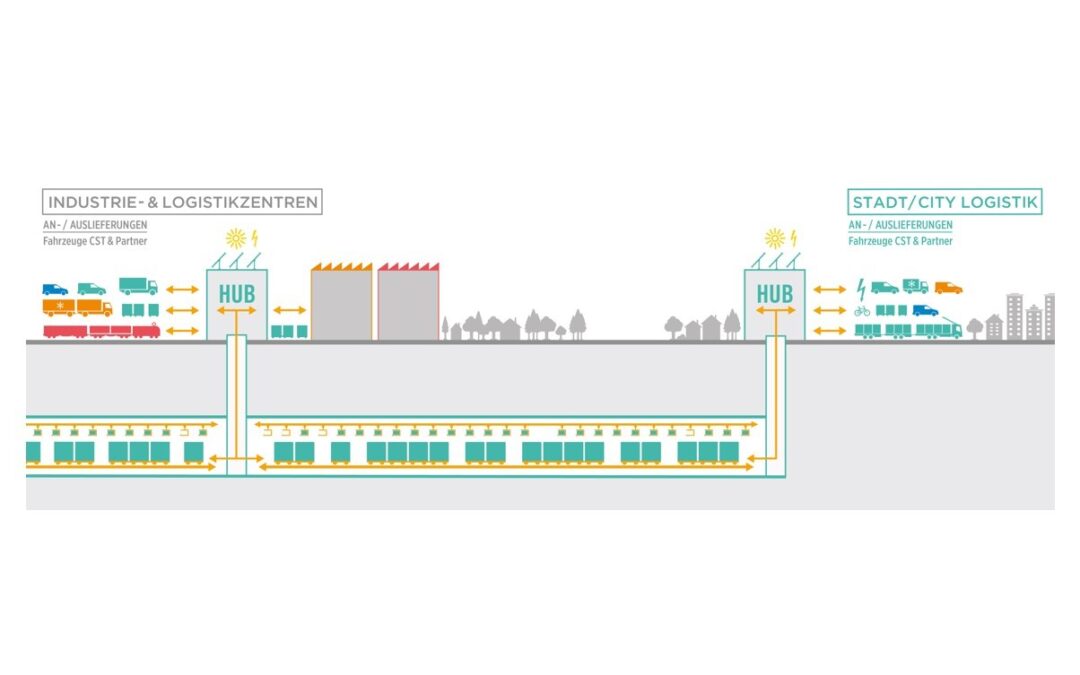
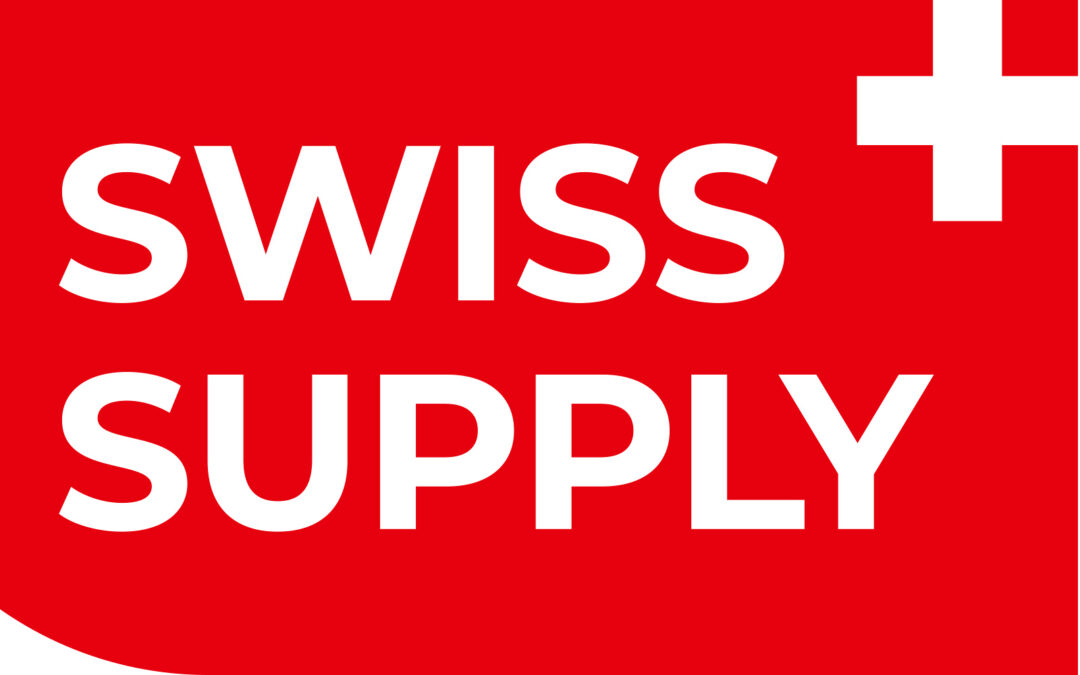
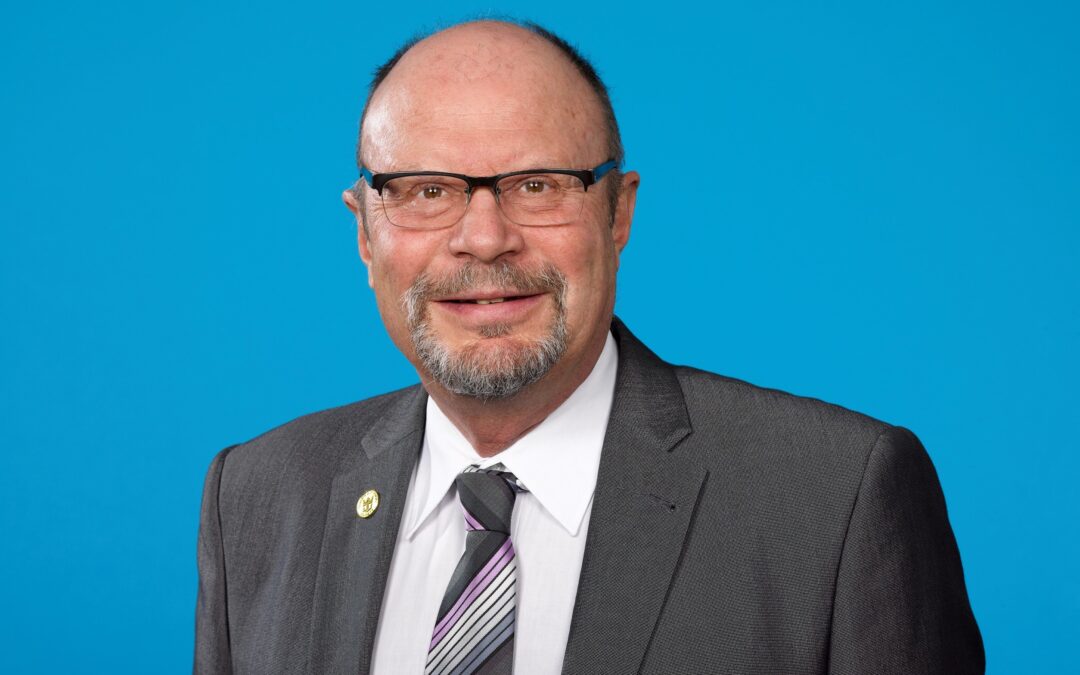

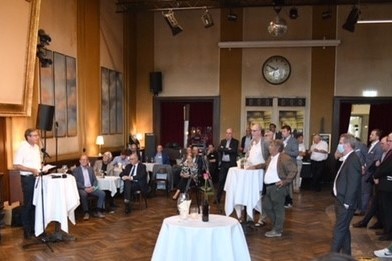
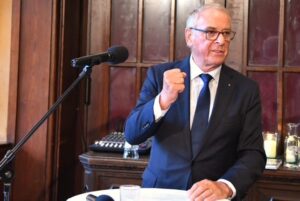 Adolf Ogi, former Federal Councillor of Switzerland[/caption]
Adolf Ogi, former Federal Councillor of Switzerland[/caption]
 Josef Dittli, Member of the Council of States and President of the VAP[/caption]
Josef Dittli, Member of the Council of States and President of the VAP[/caption]
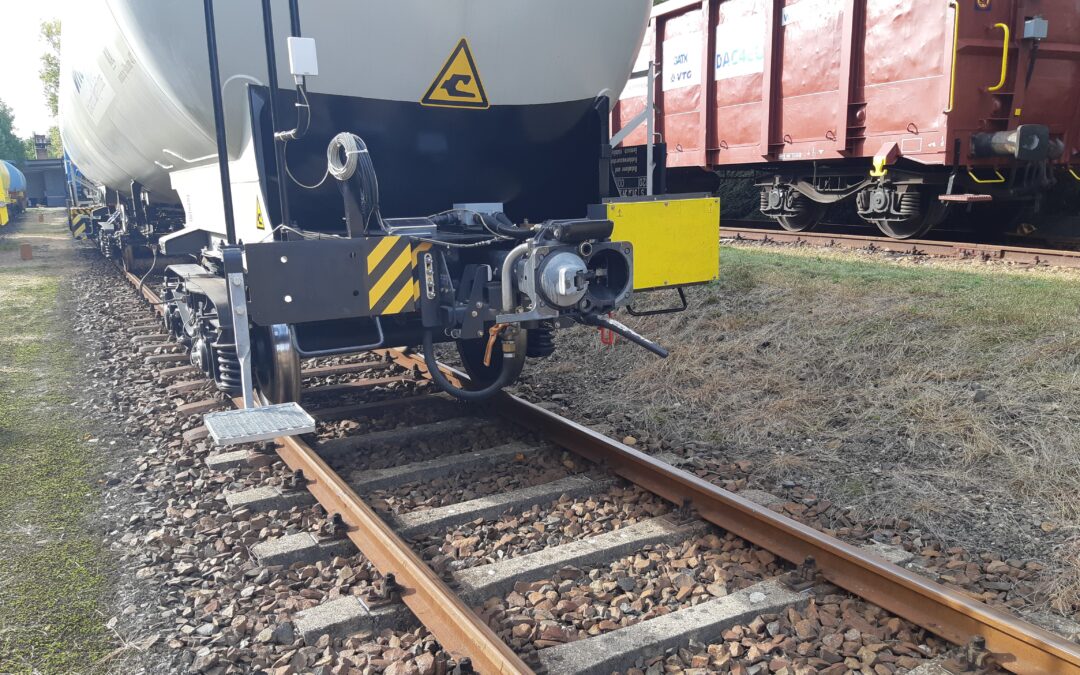
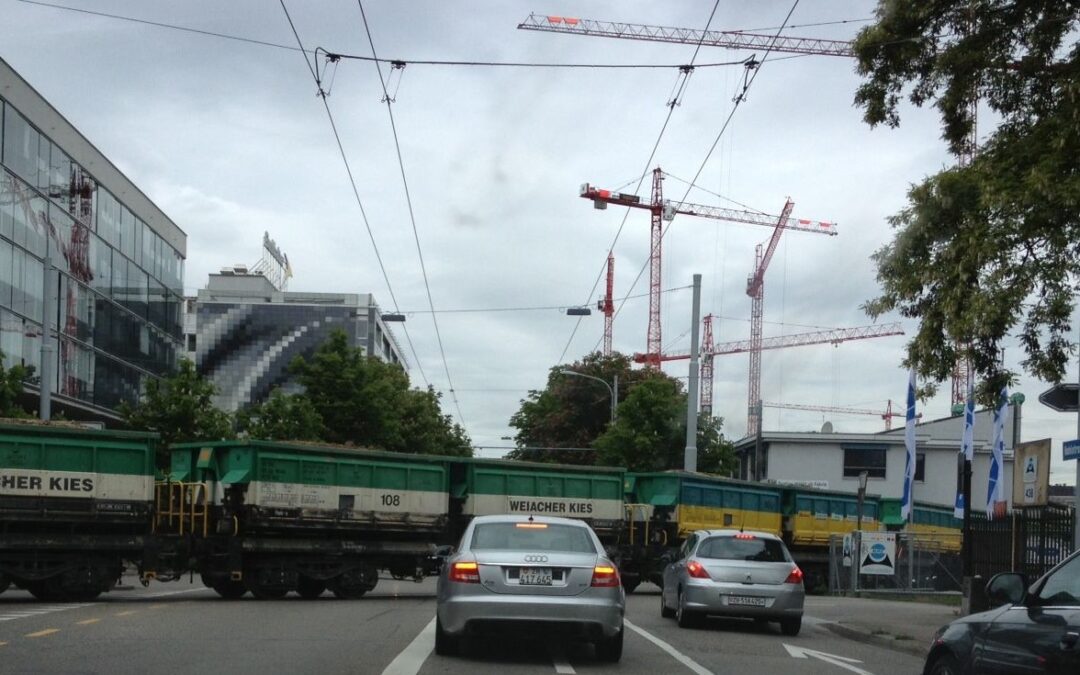
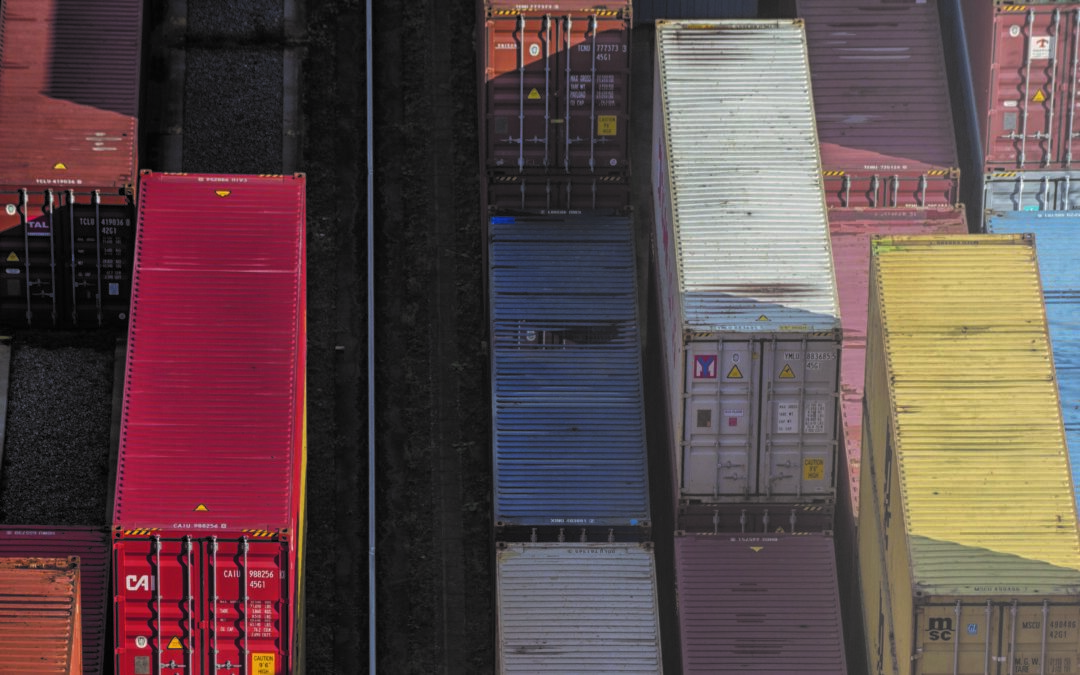
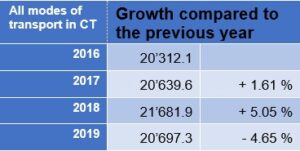 Figure 1: Growth of combined transport 2016 to 2019
Figure 1: Growth of combined transport 2016 to 2019 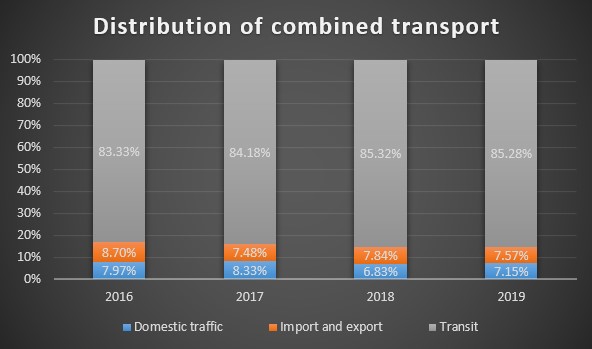 Figure 2: Percentage breakdown of combined transport
Figure 2: Percentage breakdown of combined transport